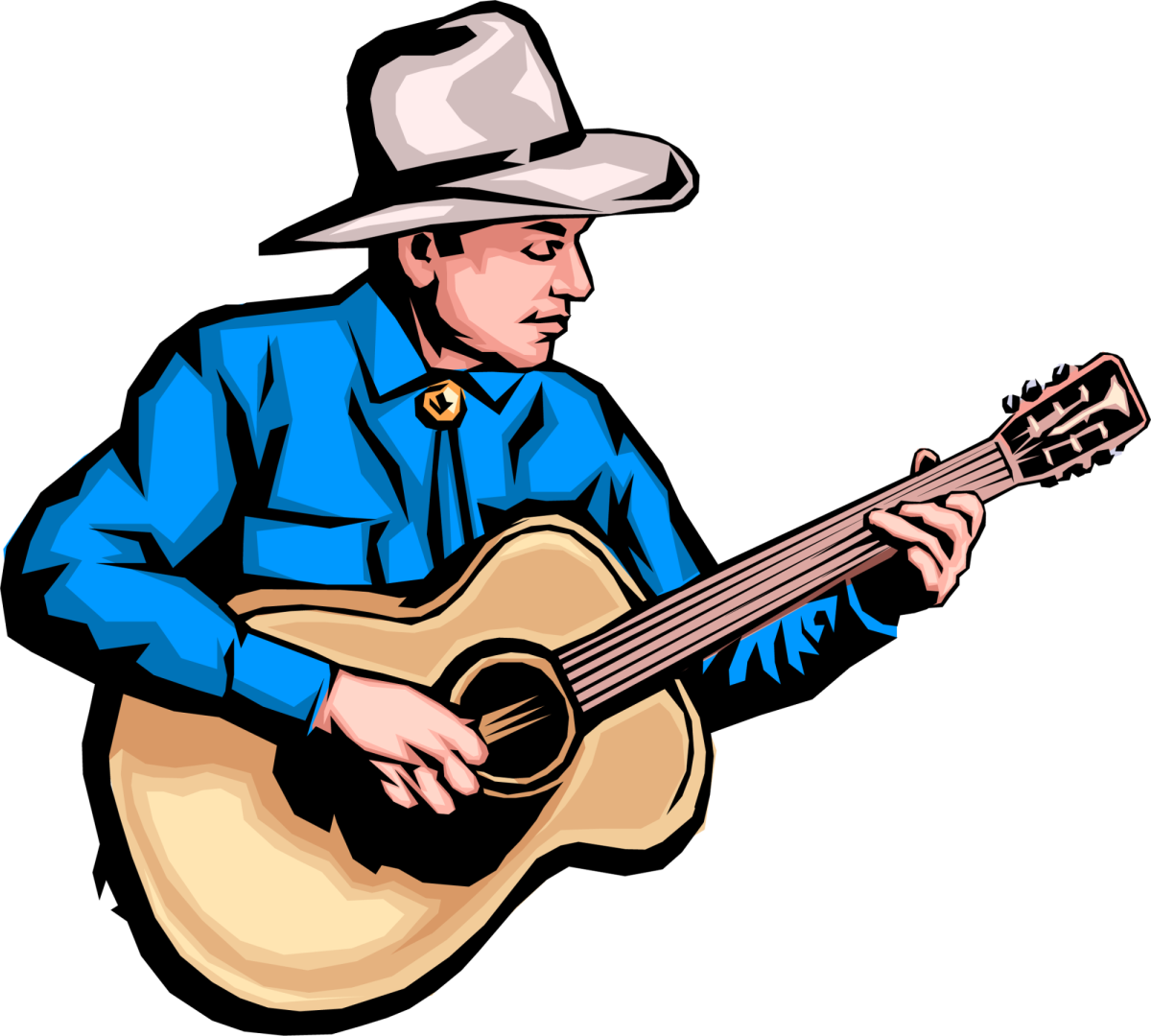The blue-collar lifestyle, riding a tractor, knocking back a beer, and falling in love with a girl who will inevitably break your heart. These are just some of the common stereotypes people hold towards country music. They may assume that every song sounds exactly the same. But hold your horses. Country music is far more versatile and intricate than these outdated stereotypes. Listeners worldwide enjoy the meaningful stories artists weave into country music. Over the past few years, country music has been sneaking into the limelight. Is it safe to say that country is the new pop?
Now, after reading that sentence, you might have immediately shut down this idea. How could anything possibly overcome the reigning queen of music? However, to counter your notion, consider this: thanks to the newfound rising popularity of country music artists like Morgan Wallen, Zach Bryan, and even the earlier hits of Taylor Swift, country music is soaring in adoration. Between 2017 and 2022, country music barely made up 2% of the most popular songs per week, according to Billboard’s Hot 100 list. Fast forward to 2023, and they’ve claimed a whopping 25% of the Hit 100 list, an astonishing comparison when looking at the evolution of country music’s popularity over the past few years. Additionally, every single country music record was broken on this list in 2023. Seems like the Cowboys are taking over!
Rooted in the American Southwest, country music was initially a solace for the working class—simple ballads to help you relax after a long day of work. The cowboy mystique and the romanticization of the Southwest in the late nineteenth century contributed to the ideas found in early country music. As it progressed throughout time, household names like Dolly Parton and Reba McEntire brought country music to some of its all-time highs. They not only produced some of the catchiest songs in music history but also had significant meaning behind them. Parton’s hit single “9 to 5” released in the ’80s championed fair wages and work conditions for women. Reba McEntire’s vibrant song “Can’t Even Get The Blues” was the teenage heartbreak anthem of its time.
Country music isn’t just a one-trick pony. It’s a vast umbrella encompassing diverse subgenres underneath. The string tracks of Bluegrass Country are perfect for toe-tapping at festivals and high-energy dancing. Honky Tonk tunes can be found blasting in cowboy boot filled bars, while Country Rock—the fusion of, as you guessed it, rock and country—melds country themes into the classic rock vibes. What has been produced is a total hoedown of musical variety, all stemming from country music.
THS students, though, are divided on the topic. “I believe country is becoming the new pop because people are growing more open to the idea of country music, and realizing that it is actually very enjoyable to listen to,” said Charley Levine (’25). She also regards country music as a genre with “a wide variety of different kinds of songs you can choose.” However, not everyone is in accord with Levine’s beliefs. Liam Tenenbaum (’25) takes a different stance on the topic. “Country music is definitely not the new pop,” Tenenbaum said. He feels that he can’t find enjoyment in listening to the repetitive songs. “I don’t think enough people around the world listen to country music to make it that popular, and pop is something that almost everyone can appreciate,” he concluded.
As country tunes lasso their way into more playlists, one thing is certain: country music is on the rise. In this battle of the genres, which side do you pick: the “tried-and-true” pop music, or the up-and-coming country music epidemic? No matter what you choose, it’s the universal language of music that truly takes the cake.
















































































































































